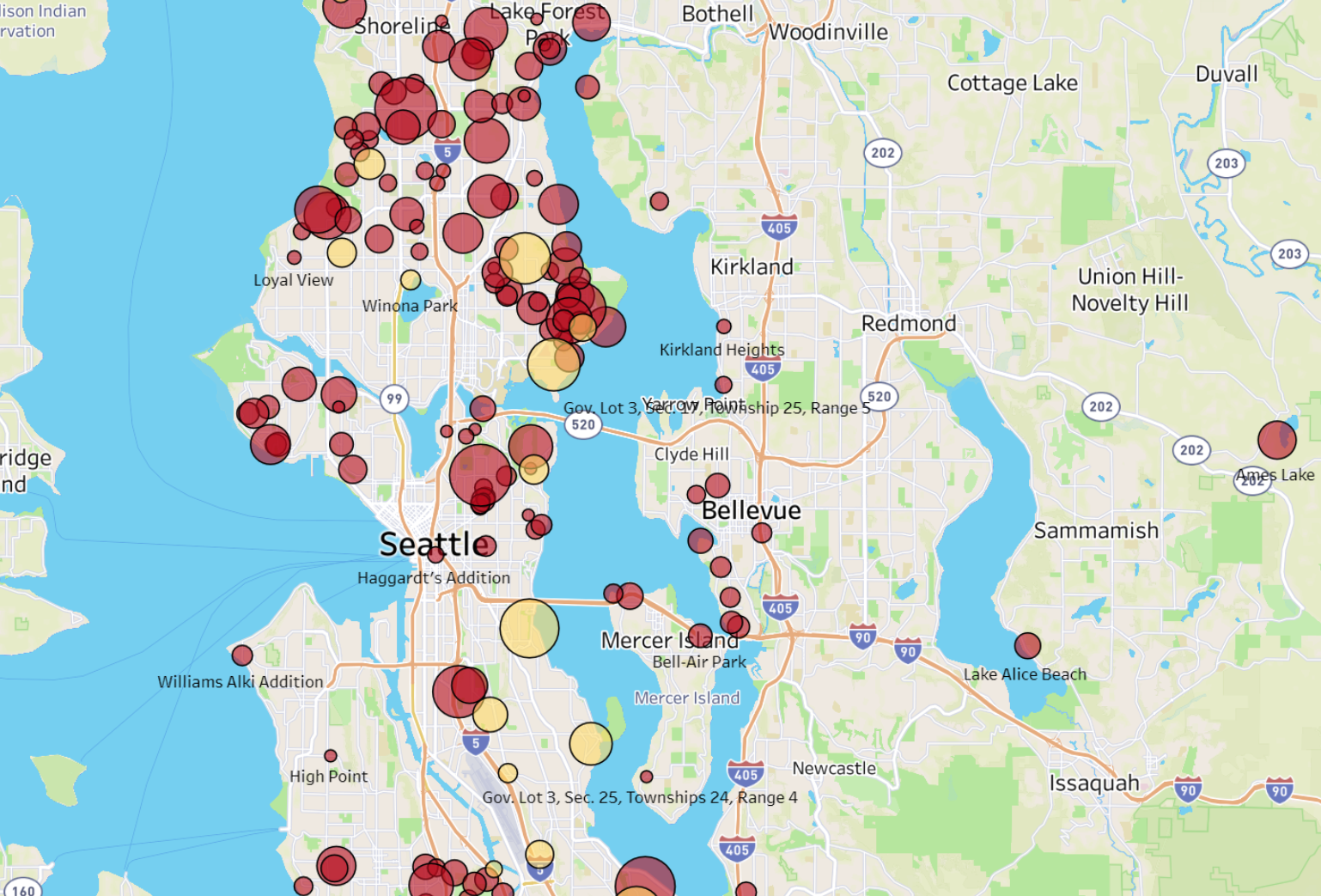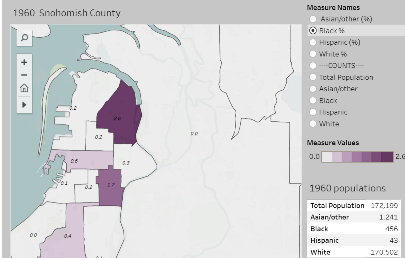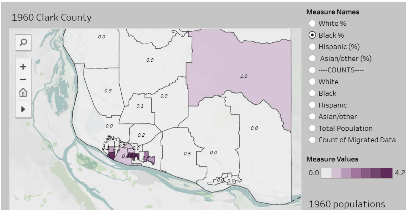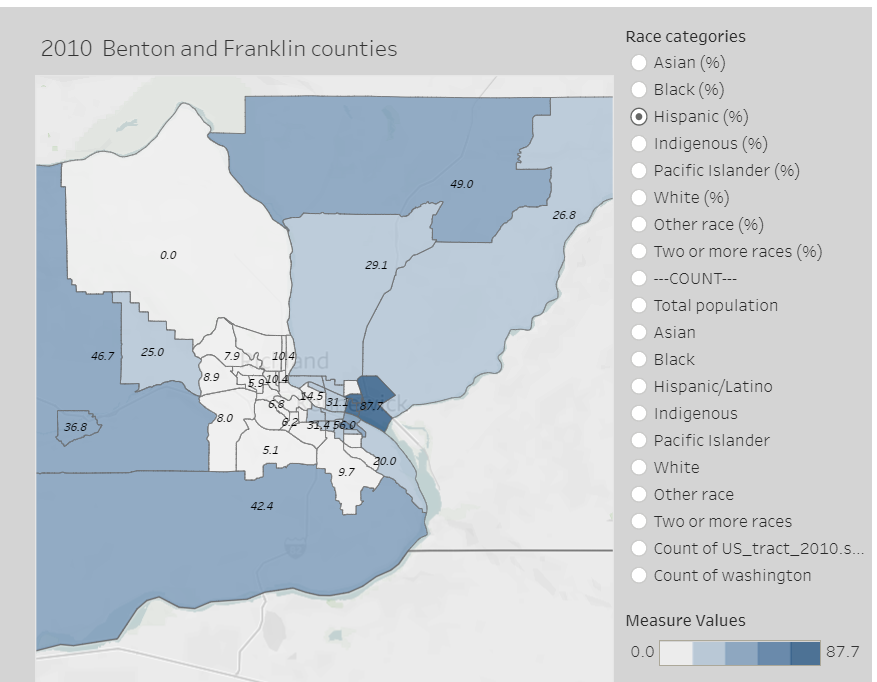In 1960, Seattle was a tightly segregated city, fully committed to White supremacy. Most neighborhoods enforced racist exclusions, while people of color were consigned to the the Central Area and excluded altogether from most King County suburbs. Here we map the neighborhood-by-neighborhood distributions of African Americans, Asian Americans, Indigenous Americans, Latinos, and Whites across eight decades. The maps below tell several stories, first showing the development of the tight pattern of segregation from 1940 to 1970, followed by the gradual opening in residential patterns, and most recently showing the eradication of Black neighborhoods in Central Seattle under gentrification pressures.

Watch the changes on these maps by moving through the decades. Notice the changes in the Central District where census tracts that had become 90% Black in 1970 reversed demographics and became 11%, 14%, 18% Black in 2020. The transitions are detailed in our analytical report "Seattle's Race and Segregation Story in Maps 1920-2020." These maps are hosted by Tableau Public and may take a few seconds to respond. If slow, refresh the page.
Please also see our reports on the history of Segregated Seattle with additional maps and our neighborhood-by-neighborhood examination of the nearly 500 racial restrictive covenants that enforced segregation through much of the 20th century.
Notes: Data are from the National Historic Geographic Information System (IPUMS). The most recent data is labeled 2020* but to improve accuracy we use an average of five Census Bureau American Community Survey (ACS) samples from 2018-2022.
Race categories and census tracts: The Census Bureau adds and adjusts the boundaries of census tracts nearly every decade. It also changes the data it reports and the racial categories. For 1940, all nonwhites were reported as a combined category. In 1950, this became two categories, “Negroes” and “Other races.” Since most of the “others” would have been Japanese, Chinese, and Filipinos with small numbers of Native Americans, we relabeled this as “Asian/other races.” It was not until 1970 that a reliable set of questions identified people of Hispanic heritage. That is also when Indigenous Americans were first identified in census tract data.
Credits: Most of these maps and tables were created by Anna Yoon, Brian Lam, Gihoon Du, Jiang Wu, and Yurika Harada using data and shape files from the National Historical Geographic Information System (NHGIS). The work was a class project for Geography 469 GIS Workshop taught by Professor Sarah Elwood-Faustino Spring 2017. James Gregory added the 2020+ maps.
Source: calculated from Steven Manson, Jonathan Schroeder, David Van Riper, and Steven Ruggles. IPUMS National Historical Geographic Information System: Version 12.0 [Database]. Minneapolis: University of Minnesota. 2017. http://doi.org/10.18128/D050.V12.0
See these maps of race and segregation for other Washington counties.
|
|
|
 |
 |
 |
 |